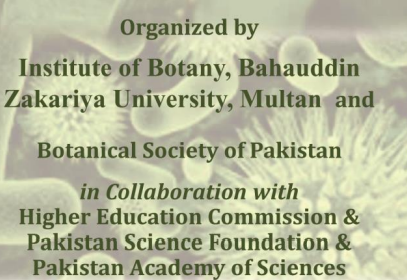PJB-2012-304
THE SUSCEPTIBILITY OF DIFFERENT VARIETIES OF OIL PALM SEEDLINGS TO GANODERMA BONINENSE INFECTION
K.P. CHONG1*, A. MARKUS2 AND S. ROSSALL3
Abstract
Optimal yield production of oil palm in Malaysia and other countries of South East Asia are hampered by the presence of devastating Basal Stem Rot (BSR) disease caused by Ganoderma boninense. For more than 40 years, Ganoderma remained to be the most serious problem in many areas in Malaysia and Indonesia. But unfortunately, there is no single reliable application in suppressing or controlling either the disease severity or a promising resistant variety of oil palm to this pathogen. AVROS is the most commonly planted oil palm variety in Sabah derived from the Dura x Psifera (D x P) and claimed to be more resistant to G. boninense in comparison to other commercial varieties. In this paper the susceptibility of AVROS to G. boninense is compared to two other varieties; Calabar and Ekona which have the same Dura but with African origin Psifera. In general, the accumulation of the ergosterol, a specific indicator associated with fungi, increased significantly throughout the study in all the three varieties indicating increasing of infection. Varieties of Ekona and Calabar were found to be more susceptible to G. boninense based on the higher content of ergosterol found in root compared to AVROS at week four, five and six. The ergosterol results are also supported by the disease severity score as described by Horsfall and Barratt
To Cite this article:
Download PDF


